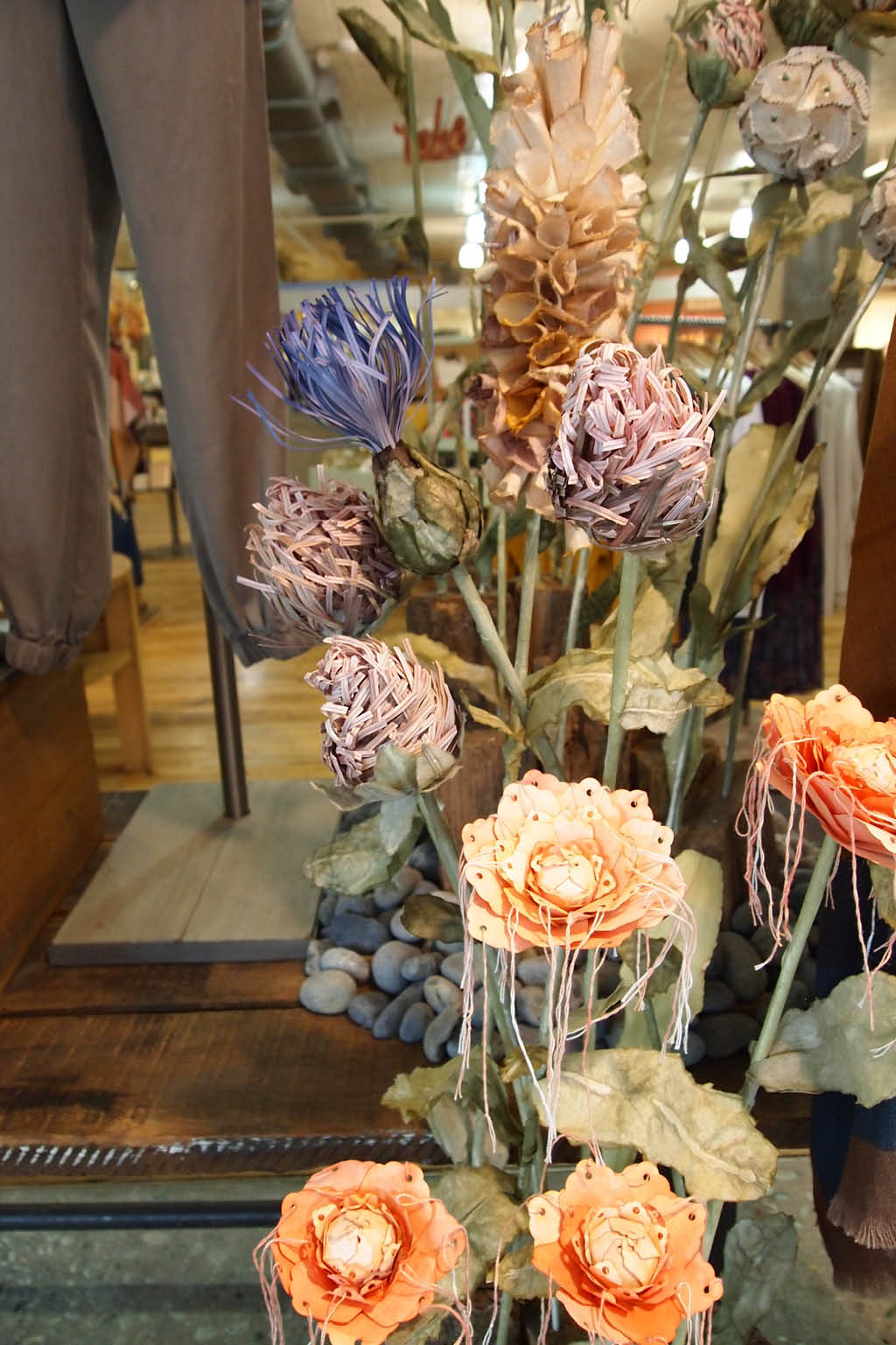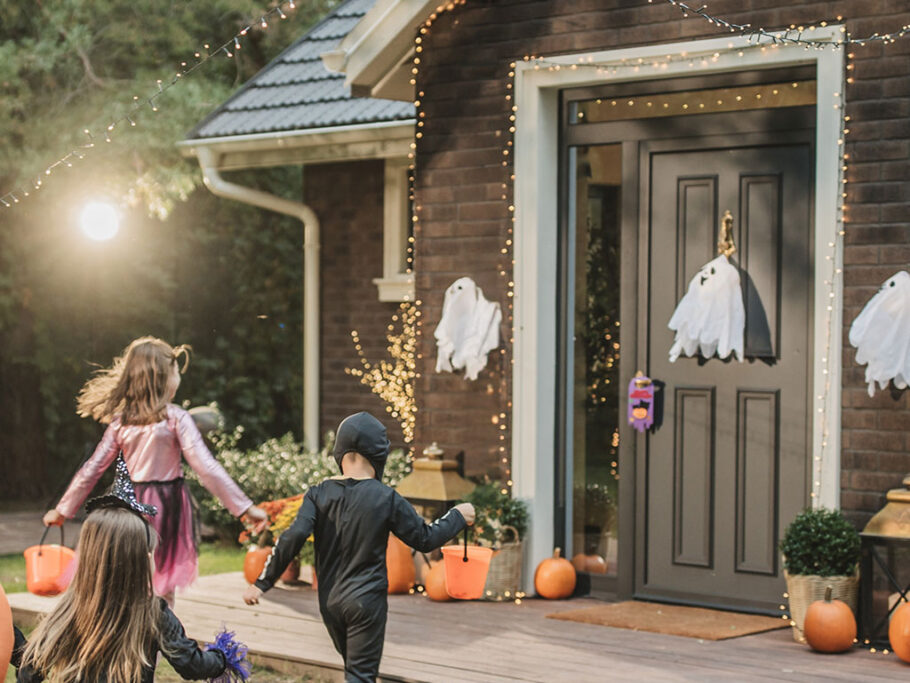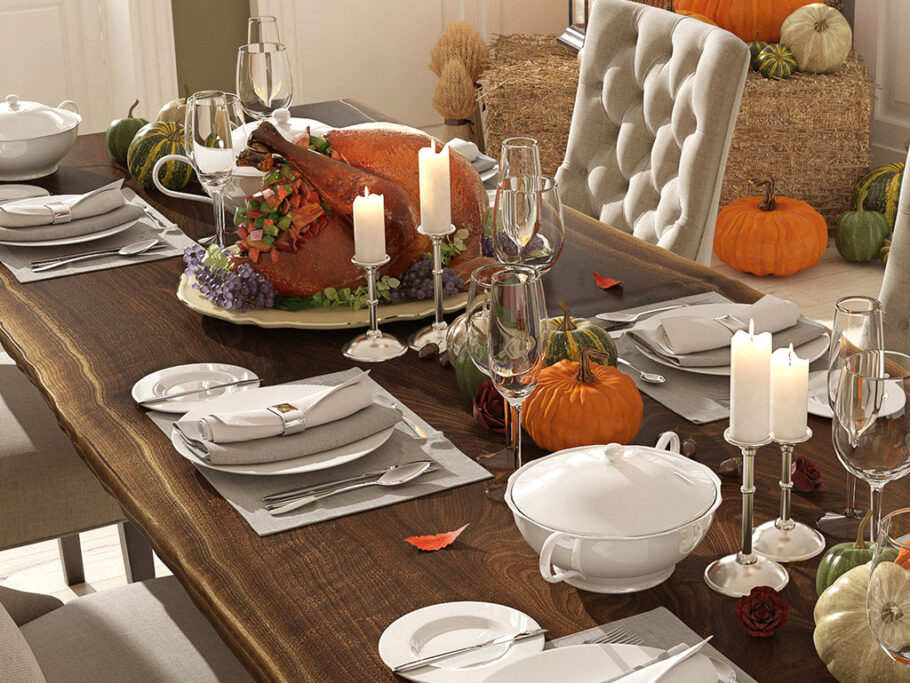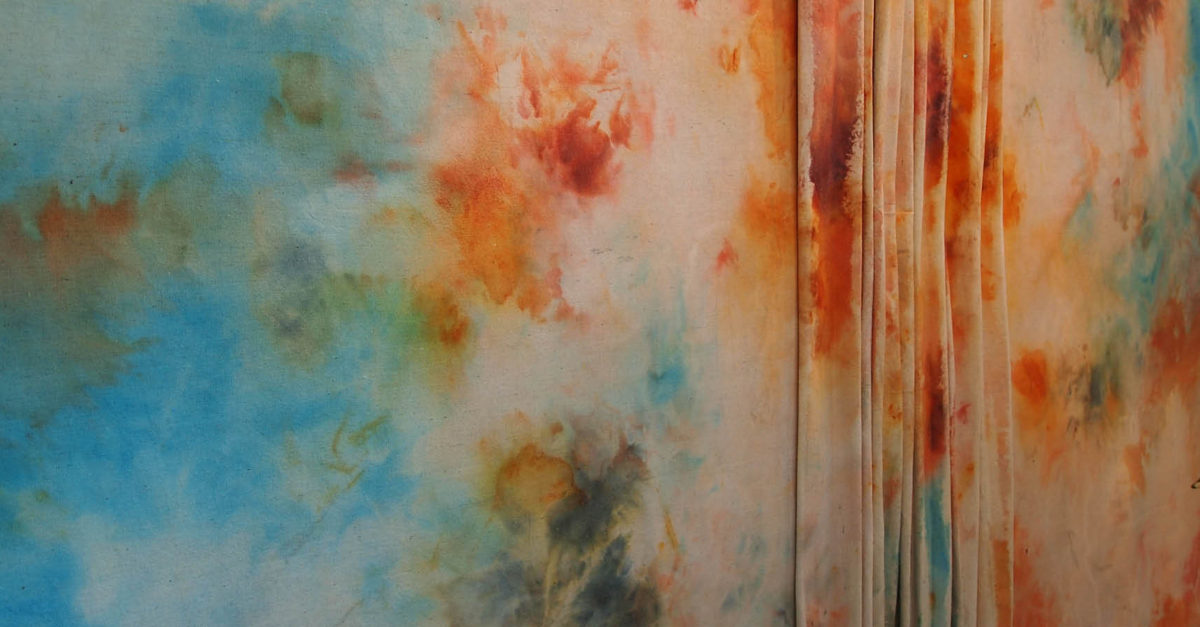All About Audrey
After a stint as a graphic designer for lifestyle brand Anthropologie, Audrey Raudabaugh decided to roll up her sleeves and tackle a new role in a new city in the same company— display coordinator. Raudabaugh reveals how her artistic childhood in Texas led to her pursuits as a designer, the challenges she faced during her career transition, and how her go-with-the-flow attitude has helped her succeed.
Where did you grow up, and how did that help shape who you are in your career? Do you still feel a connection to that place?
I grew up in the suburbs of Dallas, Texas, in a town called Coppell. I was always doing something somewhat artistic as a kid—always making something, feeling free to be creative in any way that I wanted. I would make home movies, create clay animation, sew, and draw. My mom was an art director with Neiman Marcus, so she’s definitely been a creative inspiration to me, and I used to go on set with her and paint walls or just hang out with the production assistants and stylists—that was always the fun part. In high school, I took art classes, sang in the choir, and danced.
You went to the Savannah College of Art and Design. What made you choose that school?
I made a big leap without exactly knowing where I wanted to go, but I knew I wanted to make something or be involved in design. I was open-minded. I didn’t even tour the school first. I figured, “Let’s try it.” The first time I stepped foot on the campus was orientation week, and it all made sense.
How did your internship with Anthropologie after graduation transition into your full-time position with the company?
I worked as a graphic designer at the Anthropologie home office in Philadelphia. I produced print design, focusing mostly on store events, posters, e-mails, and invitations. We were opening new stores, and I would create collages with whatever scraps I could find, like old postcards, envelopes, and stripes. They were abstract landscapes that reflected the vibe and look of the cities that were launching the new stores.

Now you work for Anthropologie in Tampa, Florida. How did your move to Florida come about, and what is your new role?
I’d been thinking about being a display coordinator as a good way to stay with the brand that I love and a style identity I know so well. But I also wondered how I could expand my skills. I was really drawn to being away from the computer and having fresh projects every day. My then boyfriend (and now husband) Eoin and I had decided to move to Florida to be near family and the beach. As we were driving to Tampa, I received an e-mail notification alerting me to a job opening as a display coordinator. The rest is history.
Are you responsible for conceptualizing the design for the retail store, as well as actually building and filling the displays?
The majority of the design is conceptualized at the home office in Philadelphia. We then have creative freedom within that framework. It’s been a lot of learning by doing with tools I wasn’t familiar with—saws, hammers, nails, and drills. I’ve built giant facades and fixtures that hold product. We built a huge fixture that holds stationery and notebooks and home pieces. We don’t only work on the artsy, fun, organic installations. There are a lot of displays that hold product, and they have to be functional as well.
There must have been a steep learning curve—going from graphic design to physically building and using tools like that. Do you think Anthropologie looks for people with building skills as well as design skills?
I knew I had the craftsmanship and the attention to detail from working as a graphic designer—I was meticulous in that way. Understanding geometry, specs, and measurements is key as well. In my experience, I’ve heard all different stories from previous display coordinators. Some of them have been illustrators with no building experience from the beginning, and some have been strong builders, so it’s a wide variety. When I was getting more information about the position, I was told that graphic designers are desirable because of their craftsmanship.
How often do you have to change the displays at the store, and what does the process for setting up the new displays look like? Do you work with a team?
Spring and fall are our largest seasons, and summer and the holidays are when we usually take the existing displays and transform them slightly to fit the season. The visual team chips in occasionally, but I own the projects and do most of the work. I’m usually the one with a crazy bun and paint splatters on my jeans. I’m scurrying around, not always as composed as the associates. I work from six in the morning to three in the afternoon to take advantage of an empty store in the early hours.
Do you feel like all of your team members have different traits to help balance out your work?
Totally. I’m detailed and focused on the little details, and they often see the bigger picture and can discern what’s more important. Then we all throw our funky ideas into the pot, too, so it’s fun.

Who would you say is the biggest influence on your work right now?
Sheila Hicks. She does these amazing woven pieces of art. I love when art is a simple material but the material really speaks to the final product—like you look at your rope, and then you’re weaving it, and then it makes a meaningful statement.
What is your favorite display that you’ve ever worked on? Why does that particular piece stand out to you?
One fall, we made some beautiful flowers, which is kind of cliché. But they were desert flowers—red clover, thistle, and dandelions—and they were made from twist ties, straws, cupcake liners, and little tags. Everything was dyed or transformed slightly and then bundled together in large masses and totally transformed. From far away, they looked like these great flowers in muted purples and dusty pinks, greens, and tans—really pretty desert colors. But when you moved closer, you realized, “Oh, it’s made out of twist ties that have all been dyed or coffee filters that have been torn.” So that was a lot of fun. I was really satisfied with how it turned out, and it was right at the front of the store, so when you walked in, there were forty different big blossoms—four feet high in some cases.
Is it difficult for you to see a project that you’ve put so much time and creative energy into get taken down at the end of the season?
It can be cathartic to dismantle them because they often go to new homes for others to enjoy. A lot of times we donate the displays to nonprofits, like schools, to put up in their library or auditorium or art room. Sometimes it is sad, though, and I think of all the hard work I put into it, but I’m ready to move on to the next challenge.
How do you overcome creative blocks?
When I put all that time and effort in, I want it to look really good, and that perfectionist tendency can slow me down. I’ve learned to pick my battles; I know when to dig in my heels and figure it out, and when I need to figure out a different solution. With creative blocks, it can help to relax and be open to a different approach. I’ve got a great team that I can bounce ideas off of, and they come up with awesome ideas, so it’s really a lot of fun.
If you weren’t following this passion or weren’t working as a display coordinator, what do you think you would be doing with your time?
I do miss being a graphic designer, especially because I had reached a certain level of competency. It’s empowering to feel like an expert at something—like you’re really flexing your muscles. I dream about trying my hand at CAD design. It’s the opposite of what I’m doing. It’s getting on the computer and making 3-D objects come to life. There’s something about the technical challenge that makes me wonder, “Could I be good at that?”
For more info, visit audreyraudabaugh.com.






















